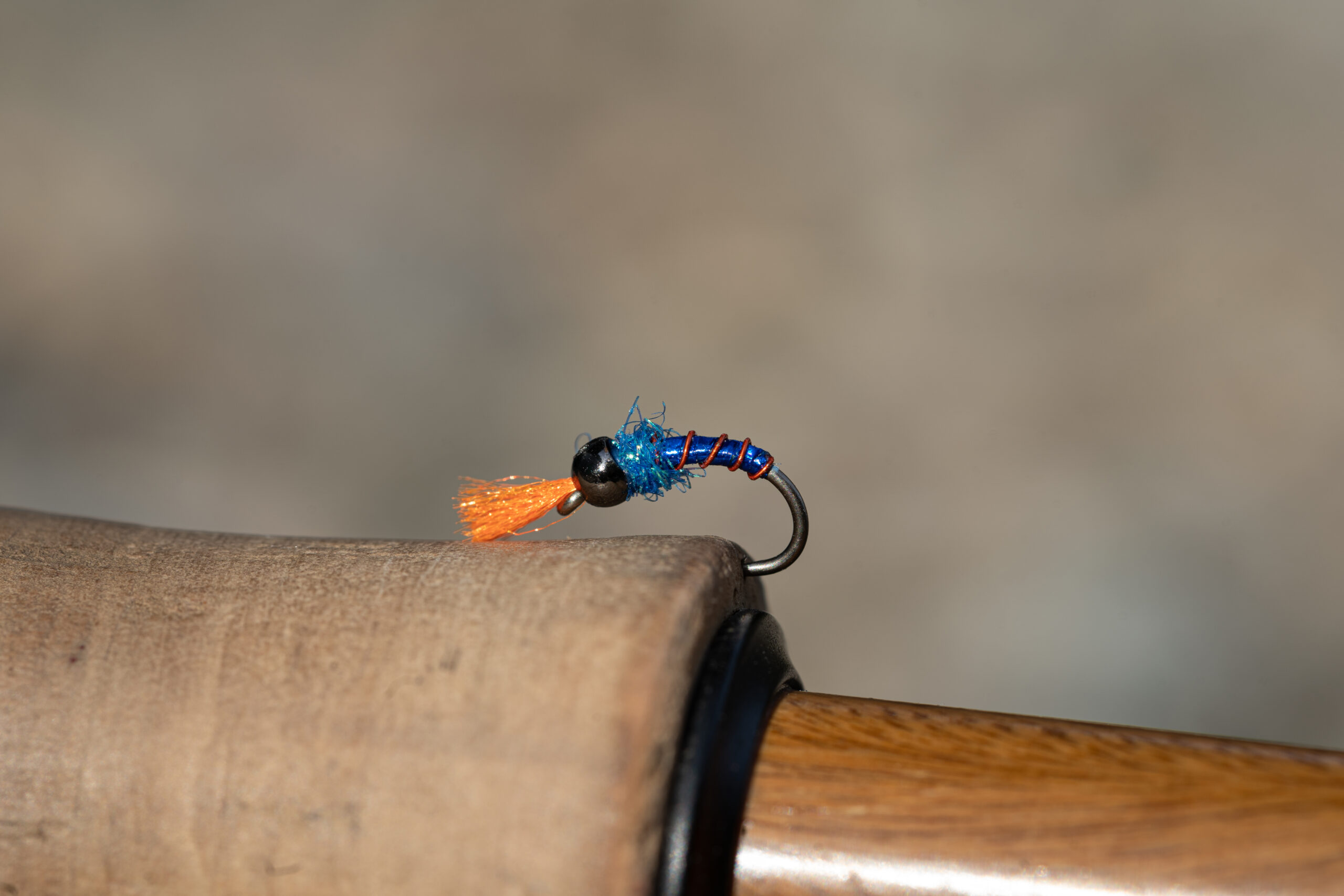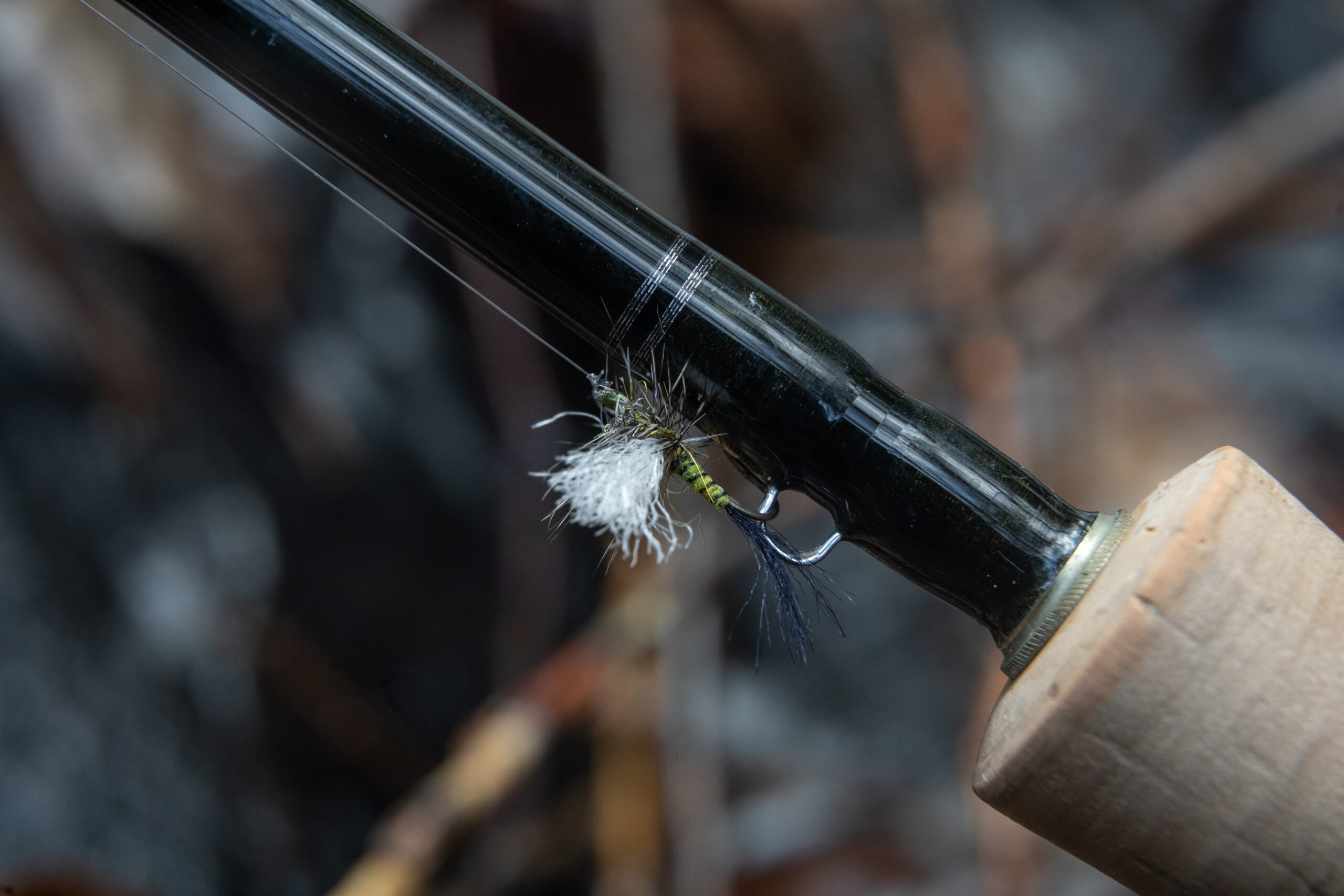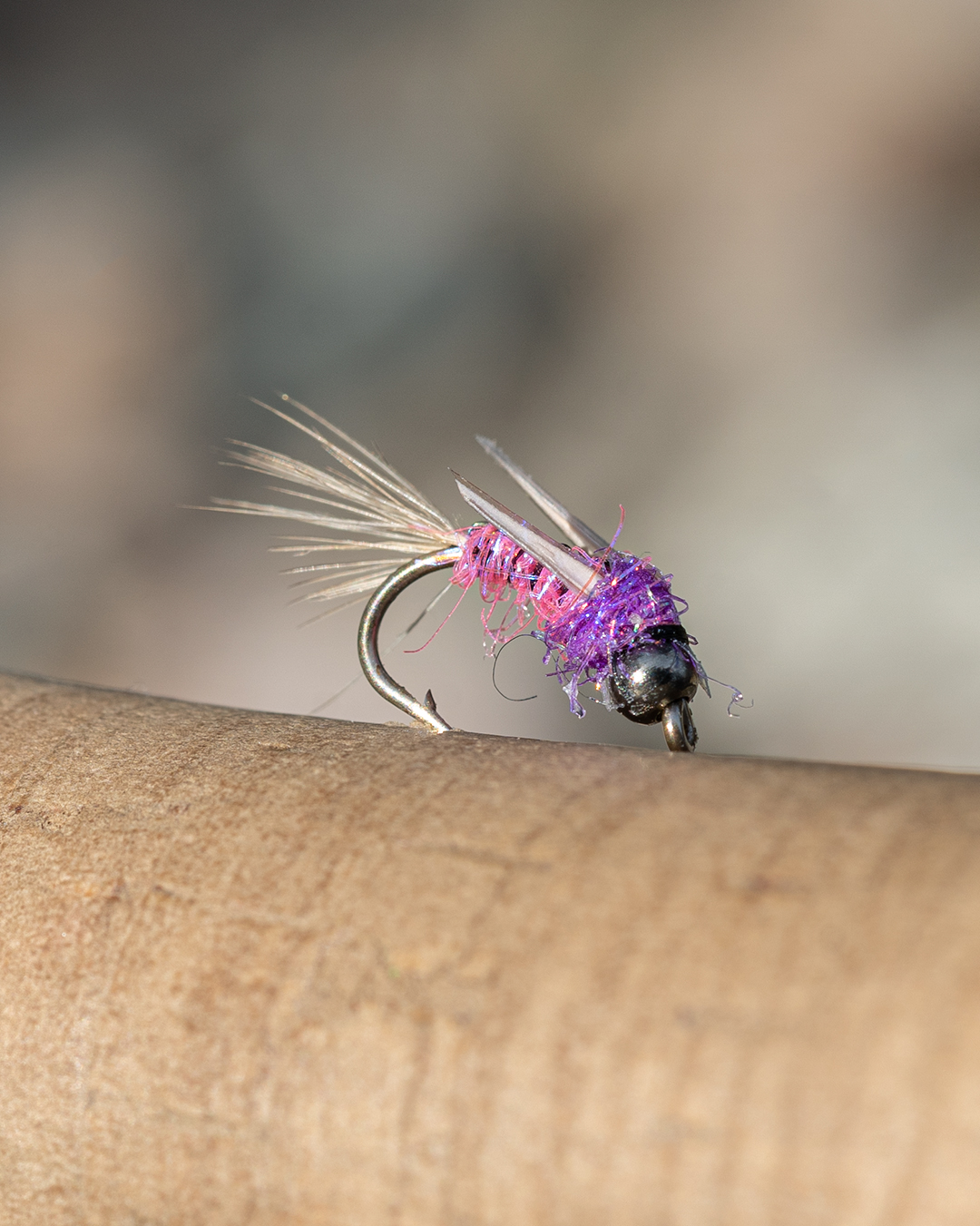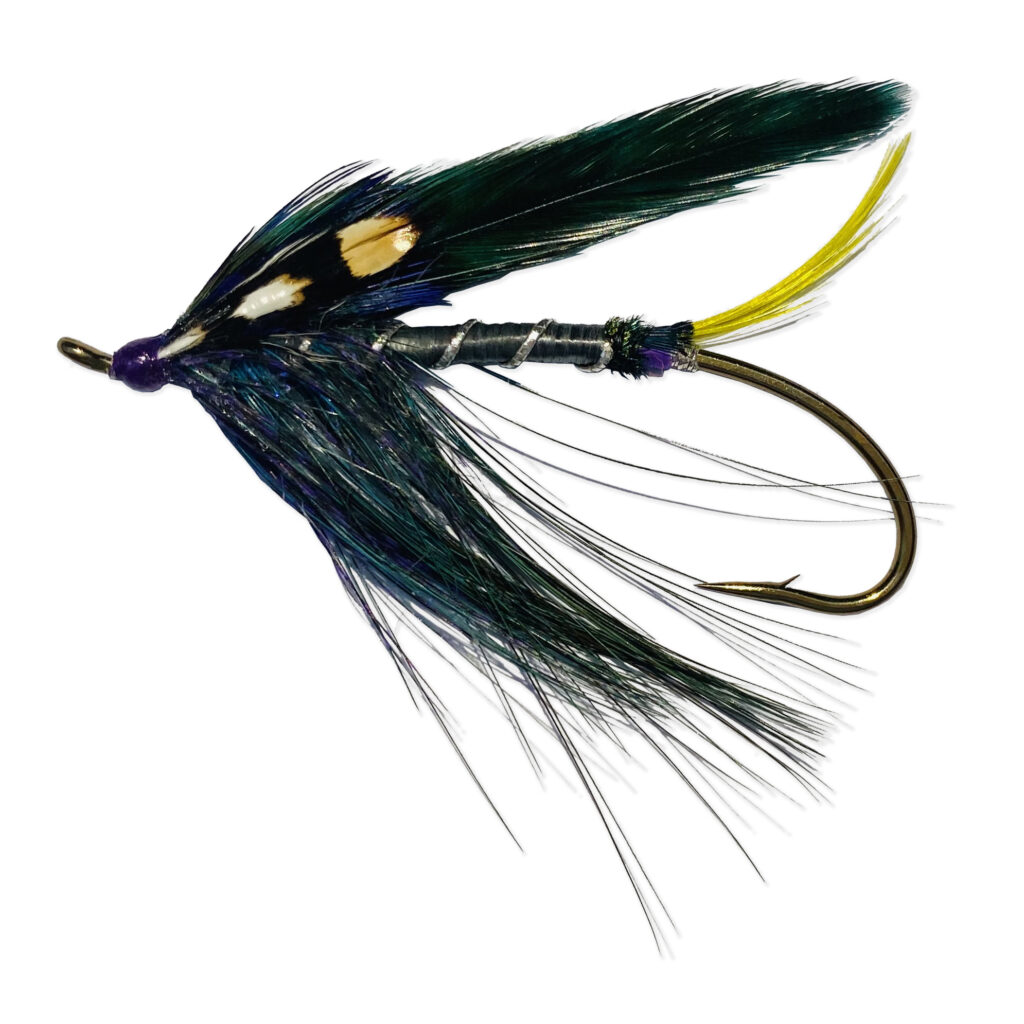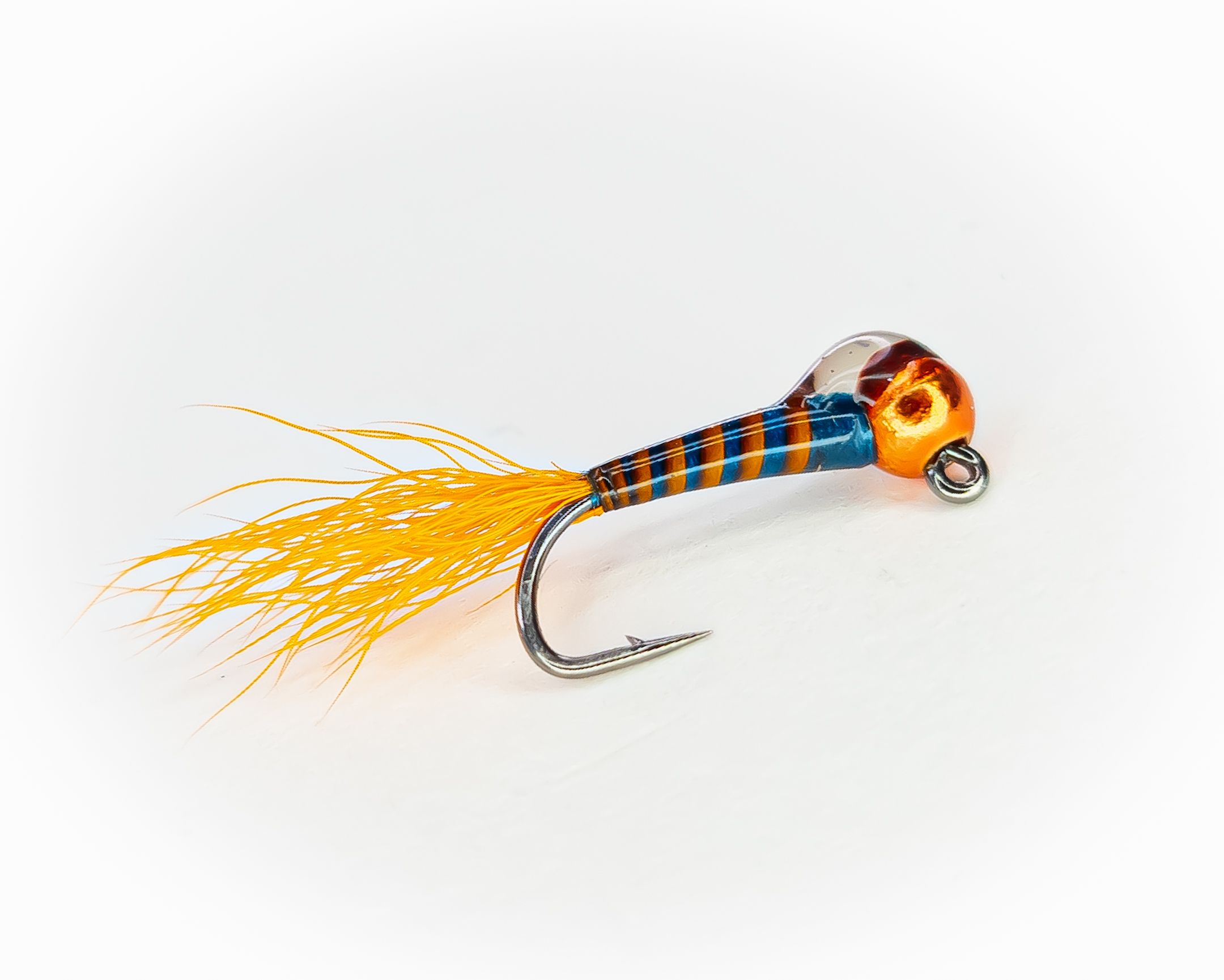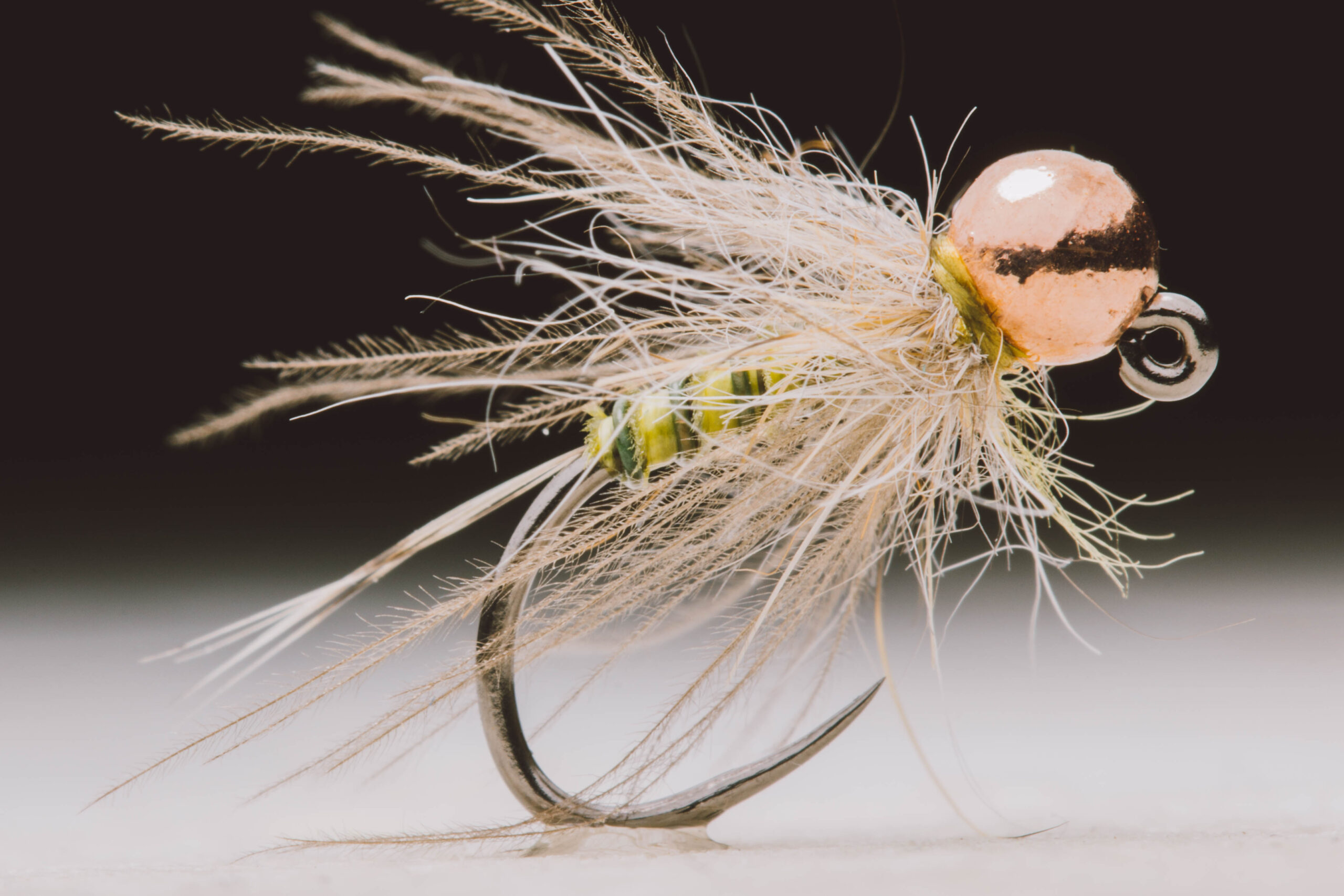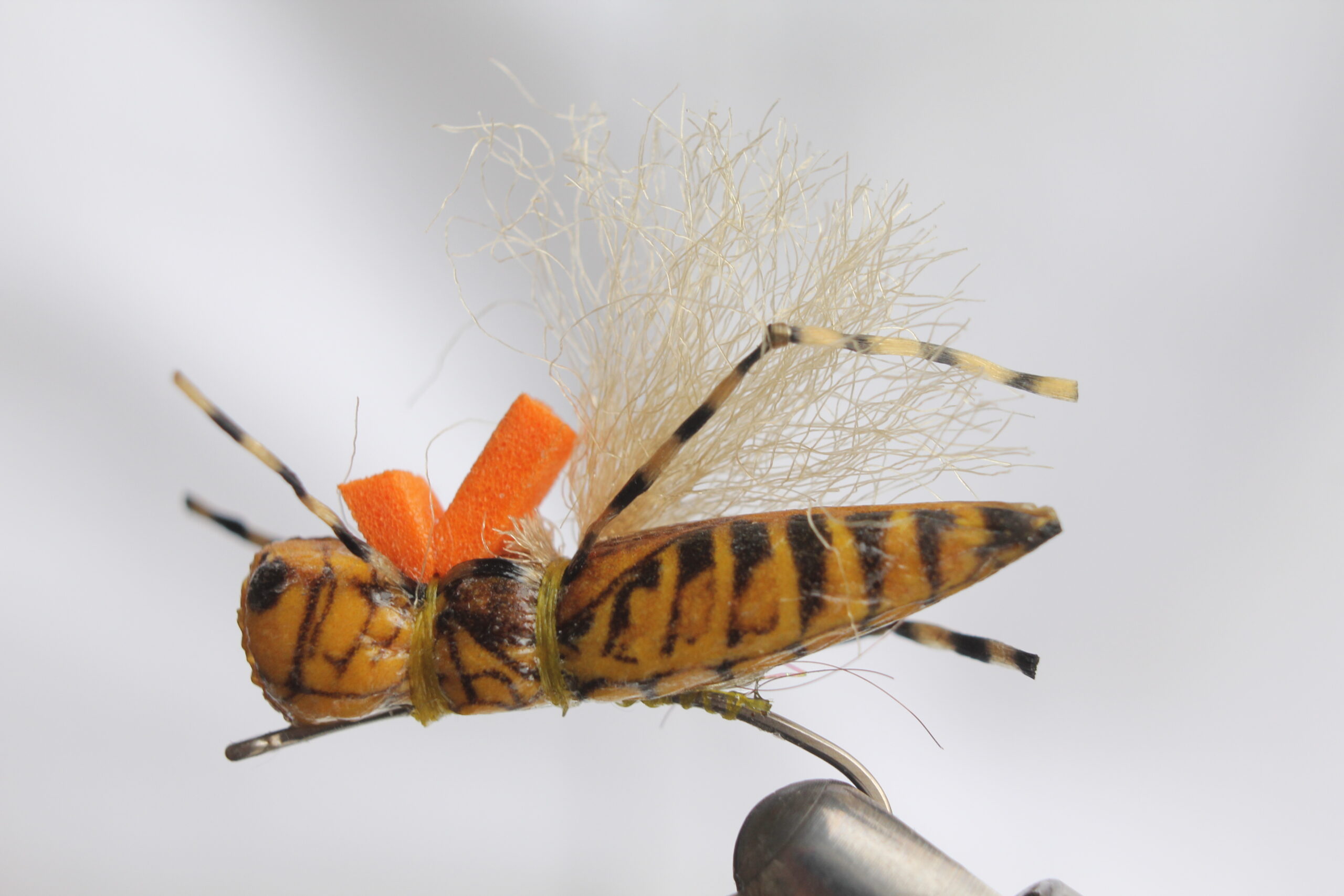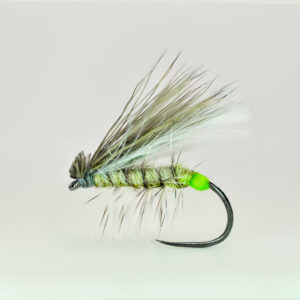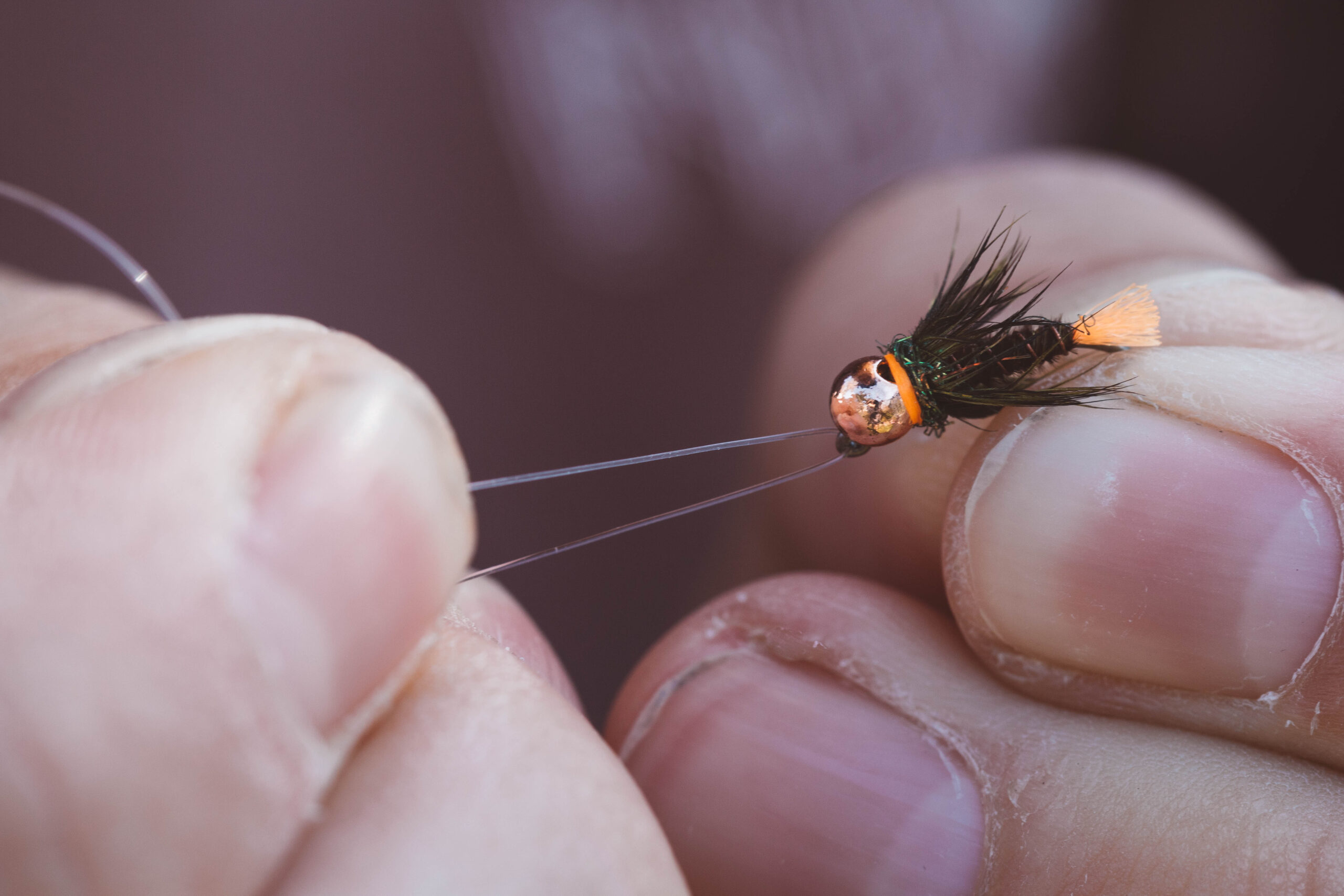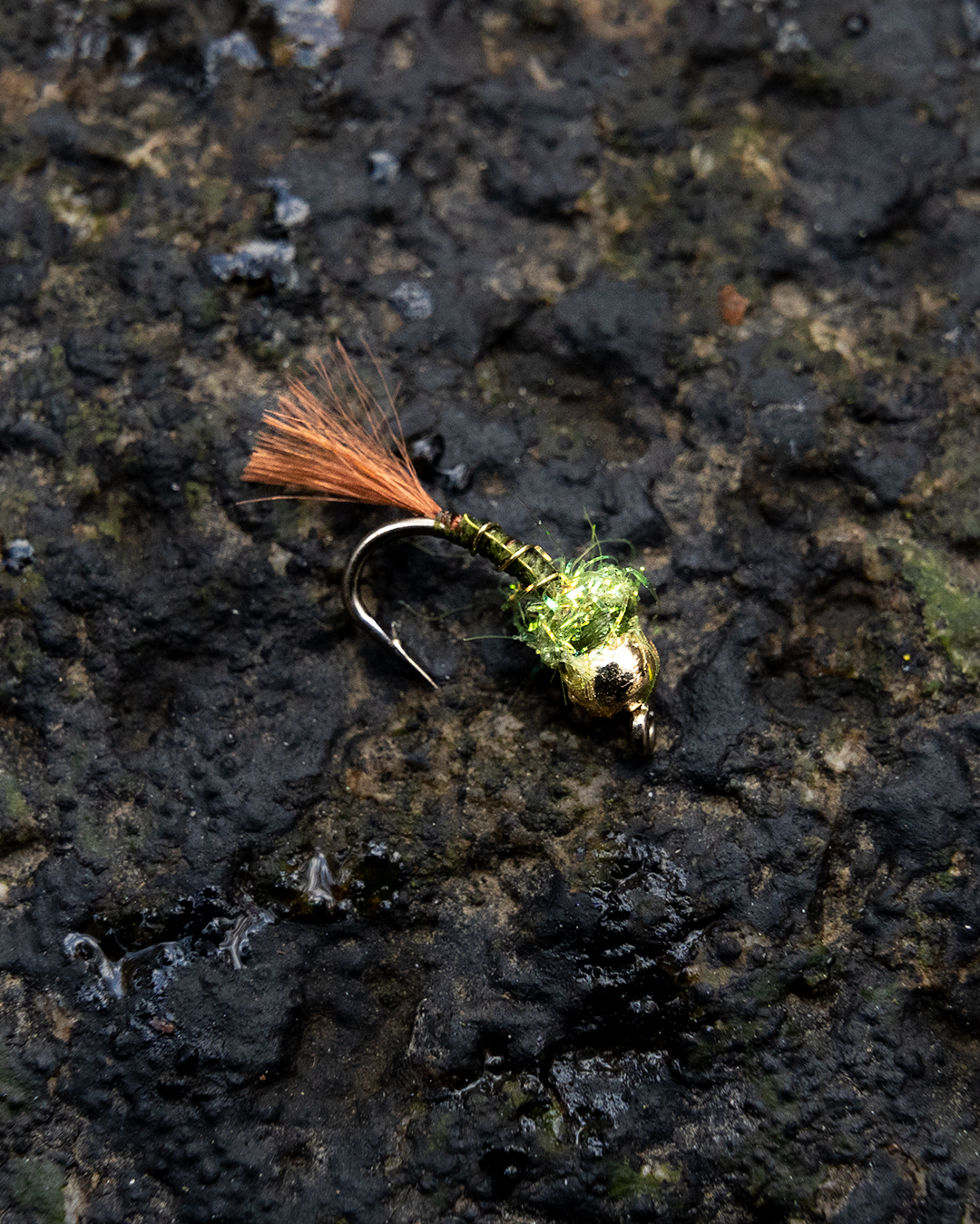
Hook: Scud Hook sz 14-22
Thread: Olive or black Uni-Thread 8/0
Bead: Gold reg or tungsten
Body: Olive Uni-Thread
Thorax: Ice Dubbing Olive
Tail: Brown or Olive Floss
Rib: Fine Gold wire
The BWO Killer is one of 6 patterns recommended by Jeremy Davies for his “patented” Trout System. Â Check out the full article in the Winter 2021/22 issue of Fly Fusion Magazine!


